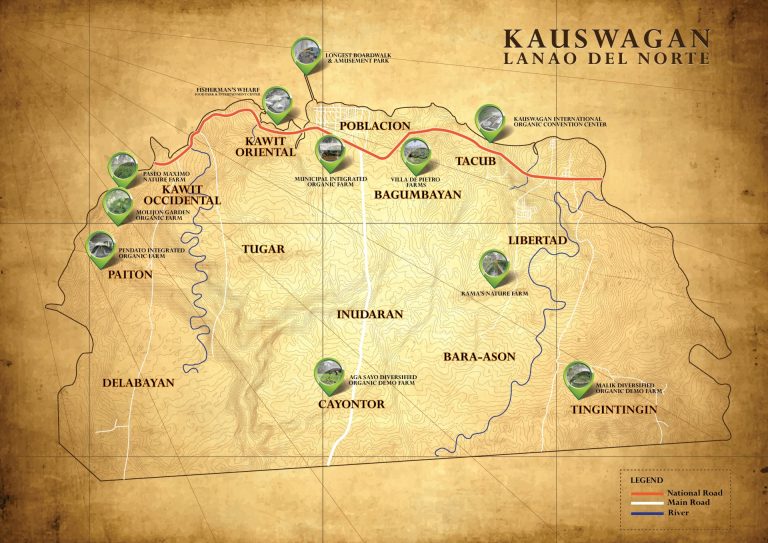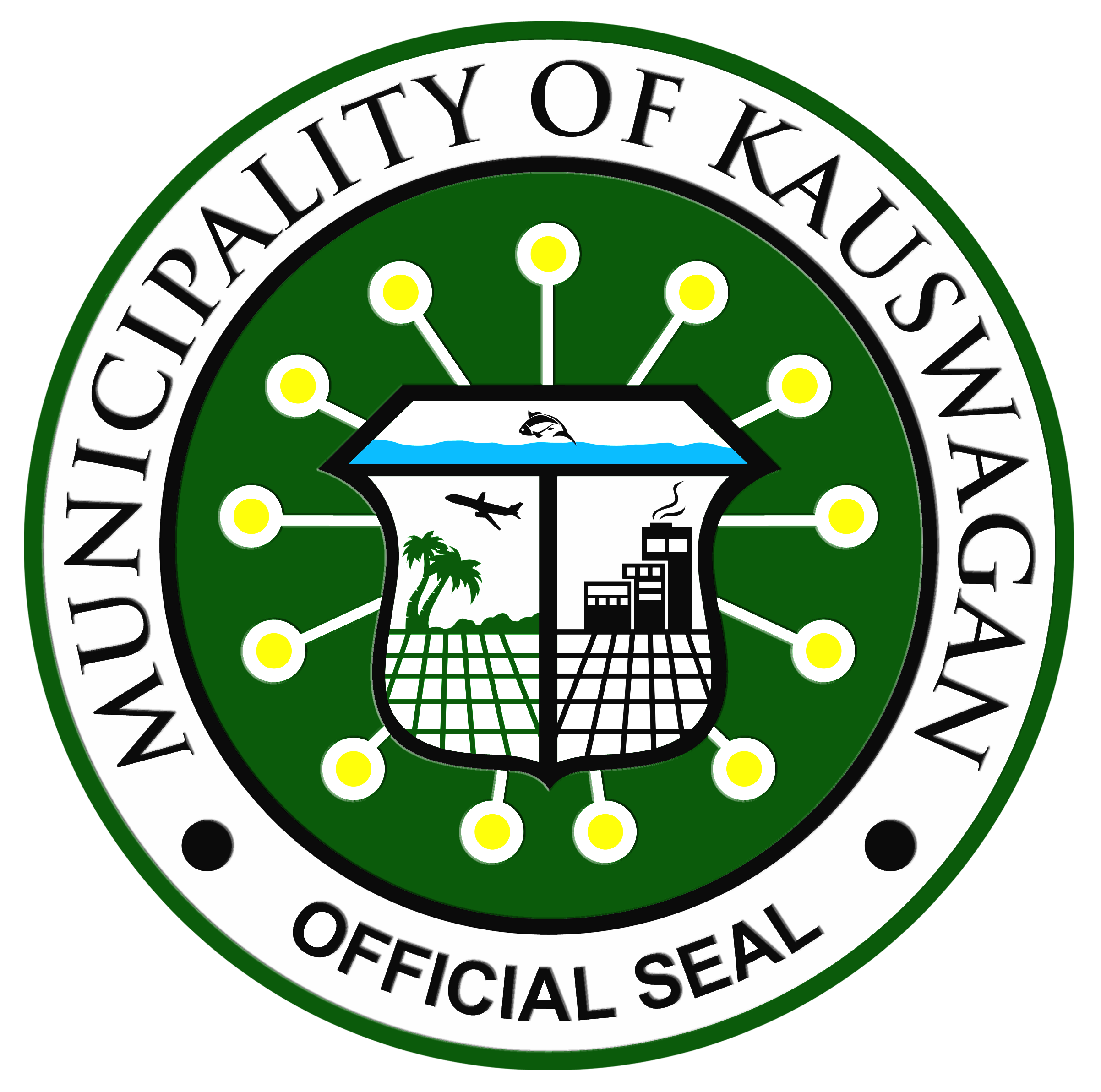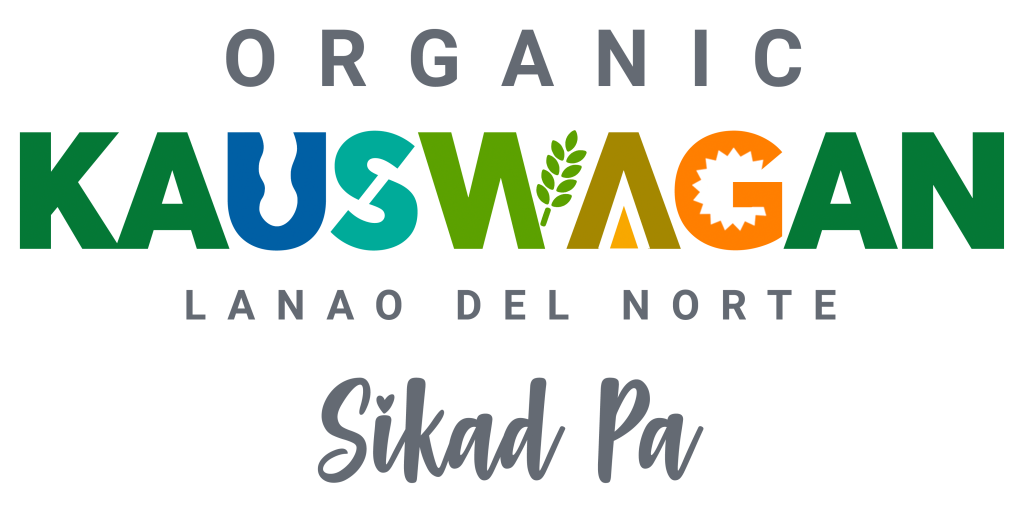
About Kauswagan
 The Municipality of Kauswagan stands out as a pioneer in offering inventive solutions to societal issues through impactful programs, projects, and activities. From extensive sustainable development initiatives outlined in the Sustainable Integrated Kauswagan Development and Peace Agenda (SIKAD PA).
The Municipality of Kauswagan stands out as a pioneer in offering inventive solutions to societal issues through impactful programs, projects, and activities. From extensive sustainable development initiatives outlined in the Sustainable Integrated Kauswagan Development and Peace Agenda (SIKAD PA).
Under the visionary leadership of Mayor Rommel C. Arnado, the municipality witnessed a groundbreaking shift in political practice, ushering in transformative public administration practices. By aligning critical roles and strategies in leadership and governance, the community went through profound transformation, diverging from its past marked by violent armed conflict caused by poverty and insurgency. The timely formulation of a peace and development agenda became a pivotal moment, propelling the Municipality of Kauswagan toward unprecedented success.
This transformative journey, characterized by achievements in peace, stability, and food security, significantly contributed to addressing long-standing issues of poverty, hunger, and inequality. The ‘From Arms to Farms’ program, addressing the root causes of these challenges, emerged as a potent tool in transitioning the municipality into a hub for food sufficiency and organic agriculture education within the region. By integrating best practices in organic farming, regenerative agriculture, and aspects of permaculture, the program fostered sustainable development and catalyzed beneficial changes.
Through a comprehensive localized reintegration program, the initiative facilitated the return of strategic local leaders of the Moro Islamic Liberation Front (MILF) to the government fold, bolstering peace efforts. The program’s impact gained international recognition, culminating in the receipt of the 2016 United Cities and Local Governments (UCLG) Peace Prize in Bogota, Colombia. Additionally, the local government’s endeavors were honored with the Future Policy Award in 2018, bestowed by the World Future Council in collaboration with the United Nations Food and Agriculture Organization and IFOAM – Organics International. In 2023, Kauswagan hosted the 6th Organic Asia Congress attended by more than 30 countries.
Know more about us...
 The Municipality of Kauswagan is 5th-income class municipality in the Province of Lanao del Norte in northern Mindanao, Philippines, with an approximate population of more than 24,000. More than 780 kilometers south of Manila, Kauswagan was at the heart of the conflict between government forces and the separatist group Moro Islamic Liberation Front (MILF) in the year 2000 when then President Joseph Estrada declared an all-out war against the separatist group. Hundreds of families were affected by the conflict where most of its inhabitants forcefully fled to save themselves and their families.
The Municipality of Kauswagan is 5th-income class municipality in the Province of Lanao del Norte in northern Mindanao, Philippines, with an approximate population of more than 24,000. More than 780 kilometers south of Manila, Kauswagan was at the heart of the conflict between government forces and the separatist group Moro Islamic Liberation Front (MILF) in the year 2000 when then President Joseph Estrada declared an all-out war against the separatist group. Hundreds of families were affected by the conflict where most of its inhabitants forcefully fled to save themselves and their families.
Kauswagan is accessible by commercial air transit from Manila through the Laguindingan Airport in Misamis Oriental. It is strategically located in the coastal area of Lanao del Norte, more than 22 kilometers away from the City of Iligan.
Despite its painful past, Kauswaganons pride themselves as a portrait of prosperity, peace and sustainability today. Kauswagan is now known as a model community in food production through its efforts in organic agriculture, sustainability and community empowerment. Several separatist group leaders have fully integrated into communities and are now at the forefront of local food production.
Mayor Rommel C. Arnado, who is the visionary behind the total transformation of Kauswagan from being a war-torn community to a center of excellence in food production and organic agriculture, is currently the National President of the League of Organic Agriculture Municipalities, Cities, and Provinces of the Philippines (LOAMCP). Mayor Arnado founded the Sustainable Integrated Kauswagan
Development and Peace Agenda (SIKAD PA) which paved the way for powerful transformations among its people and communities.



